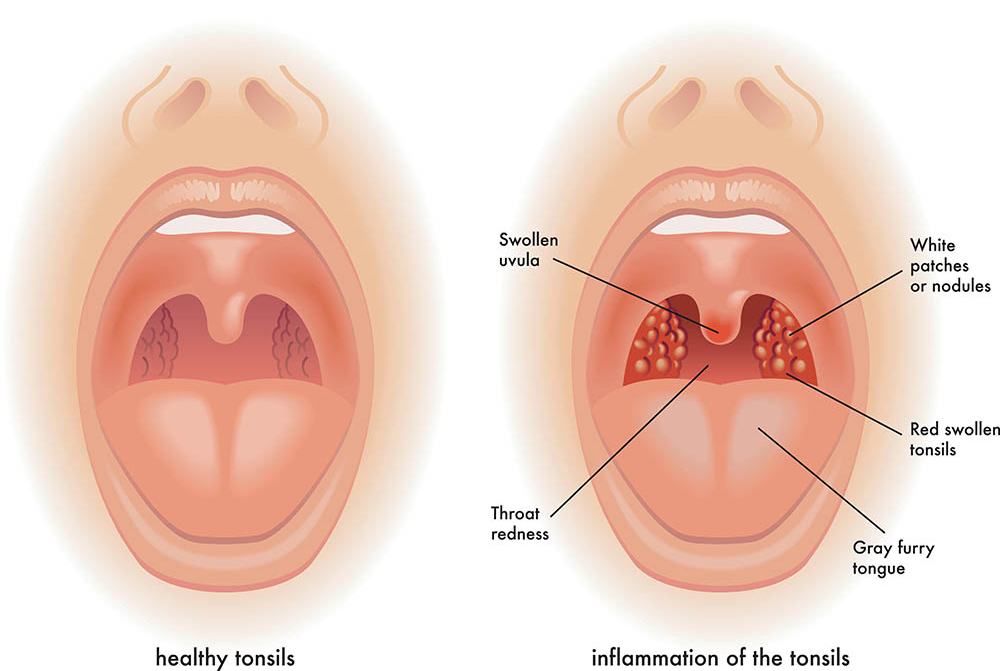The nurse is conducting a class on Breast Self Examination (BSE). The nurse should include which of these statements that indicates the proper BSE technique.
The best time to perform a BSE is 4 to 7 days after the first day of the menstrual period.
If she suspects that she is pregnant, then the woman should not perform a BSE until her baby is born.
The best time to perform BSE is in the middle of the menstrual cycle.
The woman needs to perform BSE only bimonthly unless she has fibrocystic breast tissue.
The Correct Answer is A
A. The best time to perform a BSE is 4 to 7 days after the first day of the menstrual period:
This statement is correct. Performing BSE a few days after the menstrual period ensures that the breasts are less likely to be swollen or tender, which can make it easier to detect any unusual changes.
B. If she suspects that she is pregnant, then the woman should not perform a BSE until her baby is born:
This statement is incorrect. Pregnant women can still perform breast self-examinations. In fact, it's important for pregnant women to be aware of any changes in their breasts.
C. The best time to perform BSE is in the middle of the menstrual cycle:
This statement is not as accurate as the first choice. While it's true that performing BSE a few days after the menstrual period can be easier due to reduced breast tenderness, it doesn't necessarily mean the middle of the menstrual cycle for every woman. The timing can vary based on an individual's menstrual cycle.
D. The woman needs to perform BSE only bimonthly unless she has fibrocystic breast tissue:
This statement is incorrect. Regular monthly breast self-examinations are recommended for all women, regardless of whether they have fibrocystic breast tissue or not. Detecting changes early is crucial for breast health.
Nursing Test Bank
Naxlex Comprehensive Predictor Exams
Related Questions
Correct Answer is D
Explanation
A. When bronchial breath sounds are auscultated in the trachea.
Auscultating bronchial breath sounds in the trachea is a normal finding, as the trachea is close to the upper airway, and this is where bronchial sounds are normally heard. However, if these sounds are heard in the peripheral lung fields, it can indicate an abnormal condition.
B. When the client is experiencing excessive sneezing from a tree pollen allergy.
Excessive sneezing due to allergies would not typically result in increased breath sounds. Allergies may cause nasal congestion, but they don't directly lead to increased breath sounds.
C. When the client is resting in bed and not experiencing respiratory issues.
If a client is at rest and not experiencing any respiratory issues, breath sounds should typically be normal. There would be no reason to expect increased breath sounds in this scenario.
D. When the bronchial tree is obstructed by secretions.
Increased breath sounds, such as wheezing or rhonchi, can be auscultated when there is an obstruction in the bronchial tree due to secretions, narrowing of the airways, or other causes. These sounds are typically abnormal and indicate an issue with air movement through the airways.
Correct Answer is A
Explanation
A. Continue with the assessment, looking for any other abnormal findings: This is the correct response. Tonsils in adults can have various appearances, and a granular appearance with deep crypts is within the range of normal. It's essential for the nurse to continue the assessment and observe for other signs or symptoms that might indicate an issue.
B. Refer the patient to a throat specialist: Referring the patient based solely on the appearance of the tonsils, especially if it's a normal variant, might be unnecessary and could cause undue concern for the patient. It's important to assess the patient comprehensively before considering a specialist referral.
C. No response is needed; this appearance is normal for the tonsils: This is the correct explanation. In adults, tonsils often appear granular with deep crypts, which is considered a normal variation. No further action is required regarding the tonsils.
D. Obtain a throat culture on the patient for possible streptococcal (strep) infection: Based on the description provided (involution, granular appearance, and deep crypts), there's no specific indication of a streptococcal infection. Conducting a throat culture should be based on the presence of specific symptoms and signs indicative of a streptococcal infection, such as sore throat, fever, and swollen tonsils with white patches, rather than just the appearance of the tonsils.

Whether you are a student looking to ace your exams or a practicing nurse seeking to enhance your expertise , our nursing education contents will empower you with the confidence and competence to make a difference in the lives of patients and become a respected leader in the healthcare field.
Visit Naxlex, invest in your future and unlock endless possibilities with our unparalleled nursing education contents today
Report Wrong Answer on the Current Question
Do you disagree with the answer? If yes, what is your expected answer? Explain.
Kindly be descriptive with the issue you are facing.
